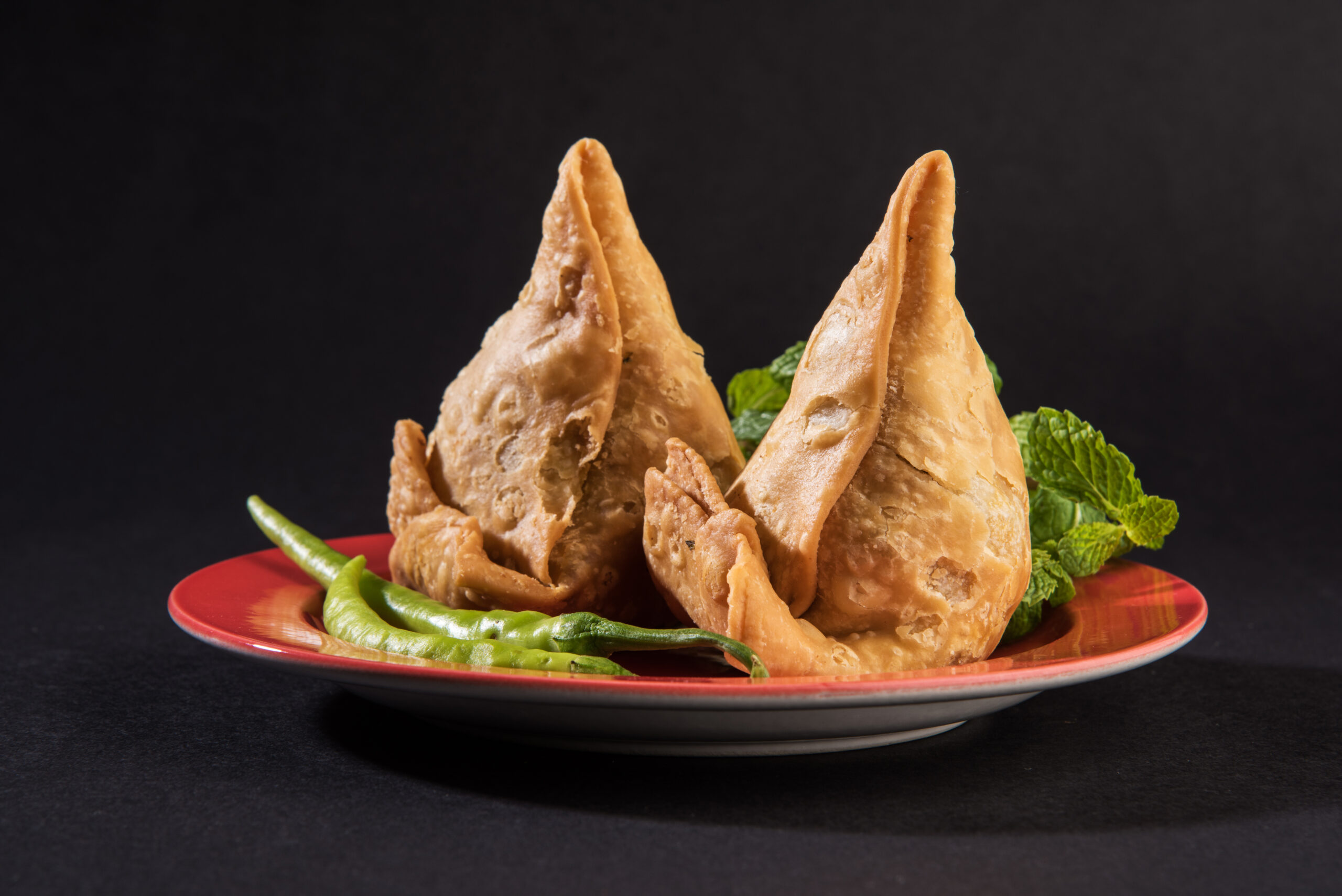The samosa, a beloved snack in India, is much more than just a tasty treat. It is a culinary icon with a rich history and cultural significance that transcends its humble appearance. From bustling street corners to grand celebrations, the samosa has found its place in the hearts and homes of millions. But where did this delicious snack come from, and why is it so special in India? Let’s dive into the fascinating journey of the samosa.
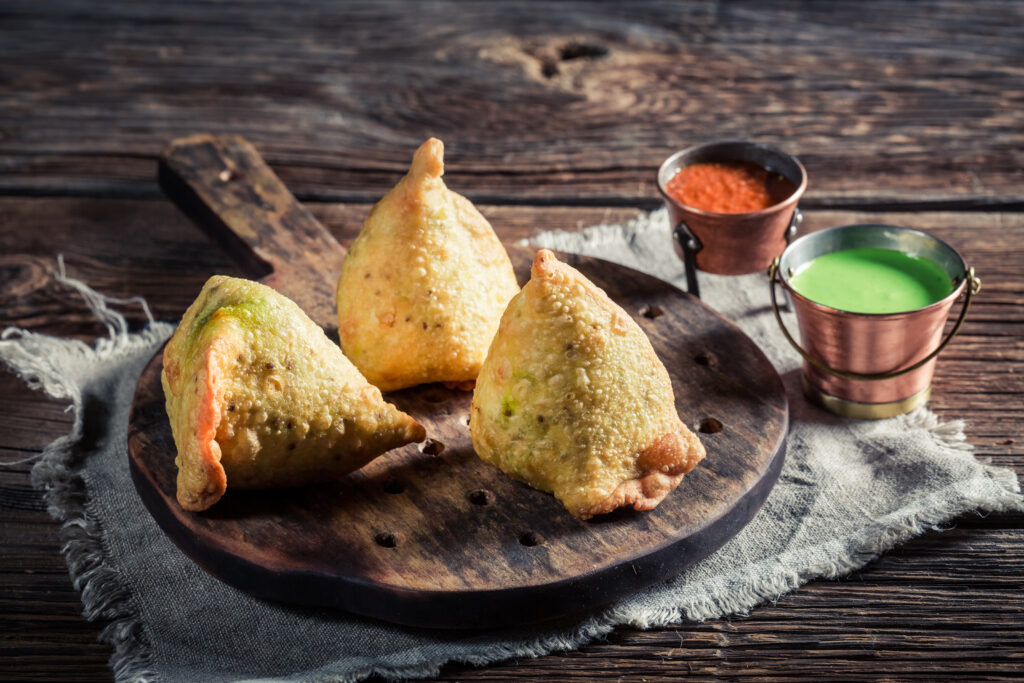
The Origin of Samosa
The story of the samosa begins far from the Indian subcontinent. Its origins can be traced back to the Middle East, specifically to Persia (modern-day Iran), where it was known as ‘sambosa’. Historical records suggest that this dish was enjoyed by traders and travelers during the 10th century. These early versions of samosas were filled with meat, nuts, and dried fruits, and were a convenient and nutritious meal for people on the move.
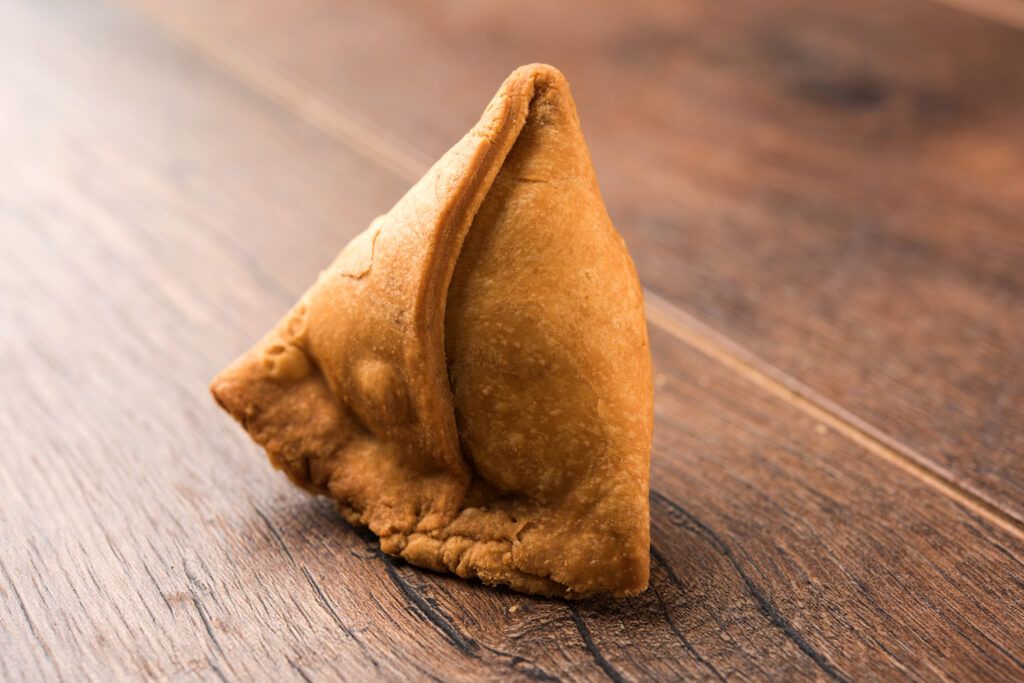
The Journey to India
The samosa made its way to India along with the trade routes. During the medieval period, it was introduced to the Indian subcontinent by Persian merchants and invaders. The snack quickly adapted to the local palate, with vegetarian fillings becoming popular due to the dietary preferences of many Indians. The samosa was embraced and transformed into a versatile dish, suitable for any occasion.
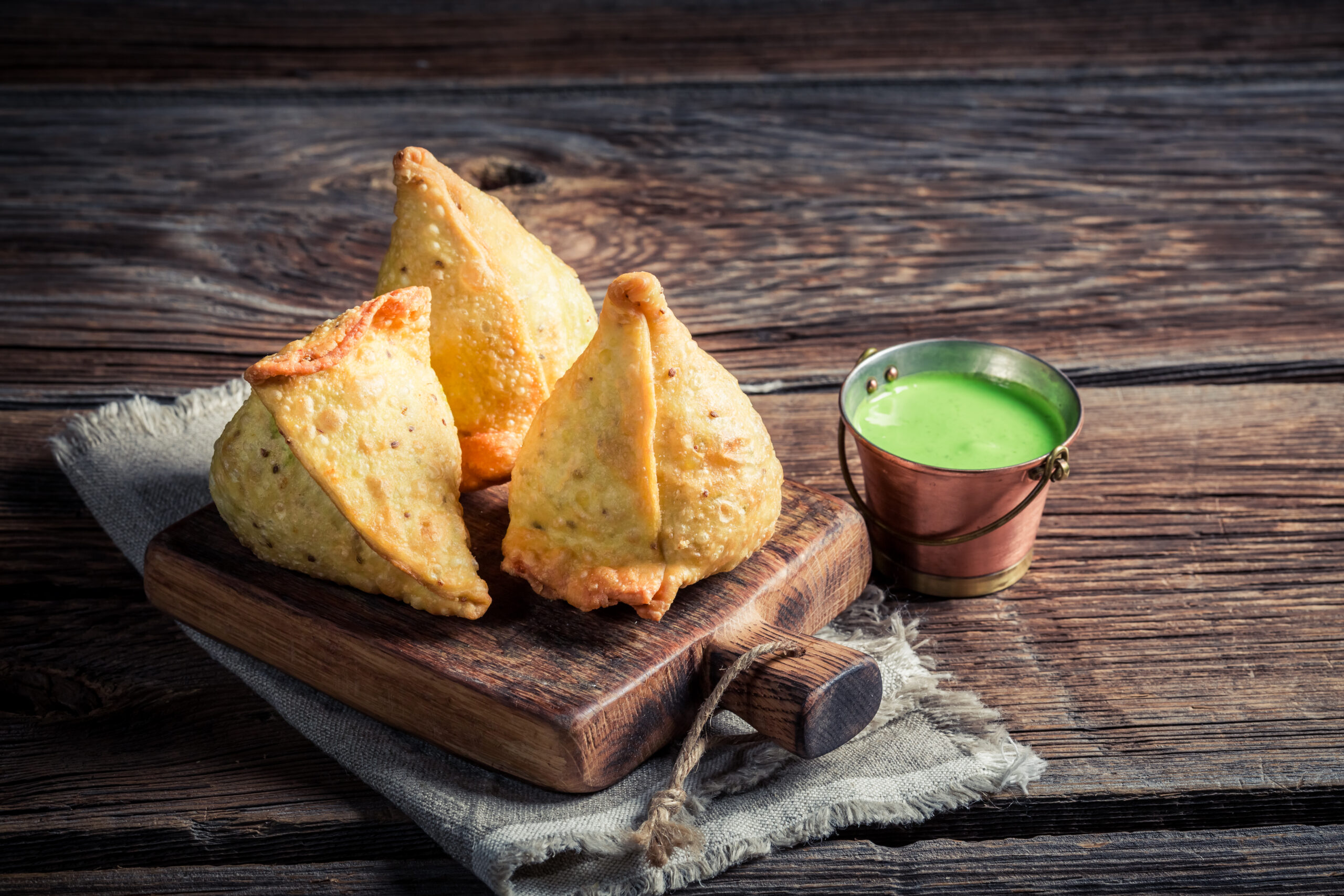
The Cultural Significance of Samosa in India
In India, the samosa has transcended being just a snack; it has become a part of the cultural fabric. It is ubiquitous, found everywhere from roadside stalls to high-end restaurants. The samosa is often enjoyed with tamarind or mint chutney, adding a burst of flavor that complements its crispy exterior and savory filling.
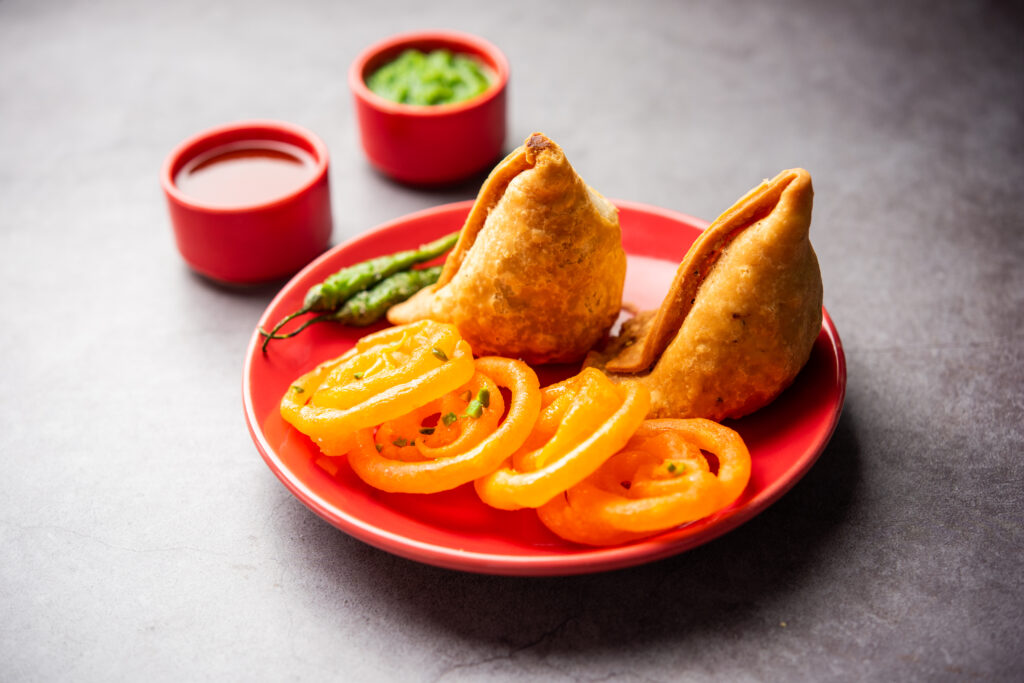
One reason the samosa holds a special place in Indian culture is its association with hospitality and celebration. Offering a plate of freshly made samosas is a gesture of goodwill and welcome. They are a staple at festivals, weddings, and family gatherings, symbolizing joy and togetherness.
Regional Variations
India’s diverse culinary landscape has given rise to numerous regional variations of the samosa. In North India, the classic potato and pea filling is the most common, while in the western state of Gujarat, samosas are often smaller and spicier. In South India, a variant known as “mini samosas” or “cocktail samosas” is popular, filled with a mixture of spiced lentils. Each region has its unique twist, reflecting local tastes and ingredients.
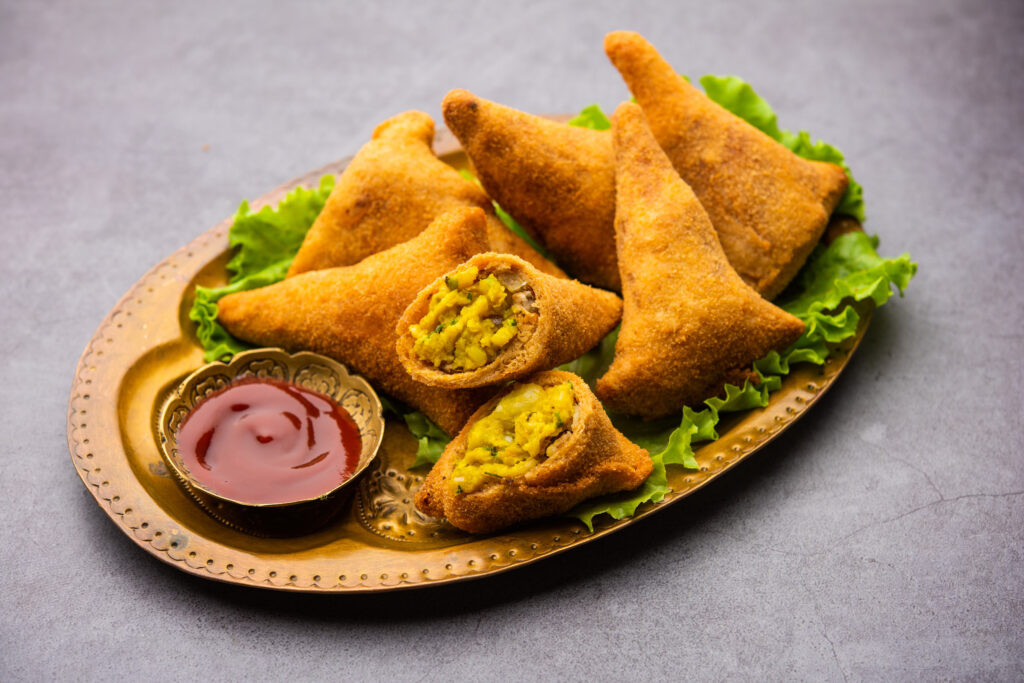
Why Samosa is Special in India??
The Samosa’s special status in India can be attributed to several factors:
- Versatility: Samosas can be filled with a wide range of ingredients, making them adaptable to various dietary preferences and regional flavors.
- Accessibility: Affordable and widely available, samosas are a common snack that everyone can enjoy.
- Flavor and Texture: The combination of a crispy outer layer with a flavorful filling is a culinary delight that appeals to many.
- Cultural Resonance: Samosas are deeply ingrained in Indian social and cultural practices, often associated with celebrations and hospitality.
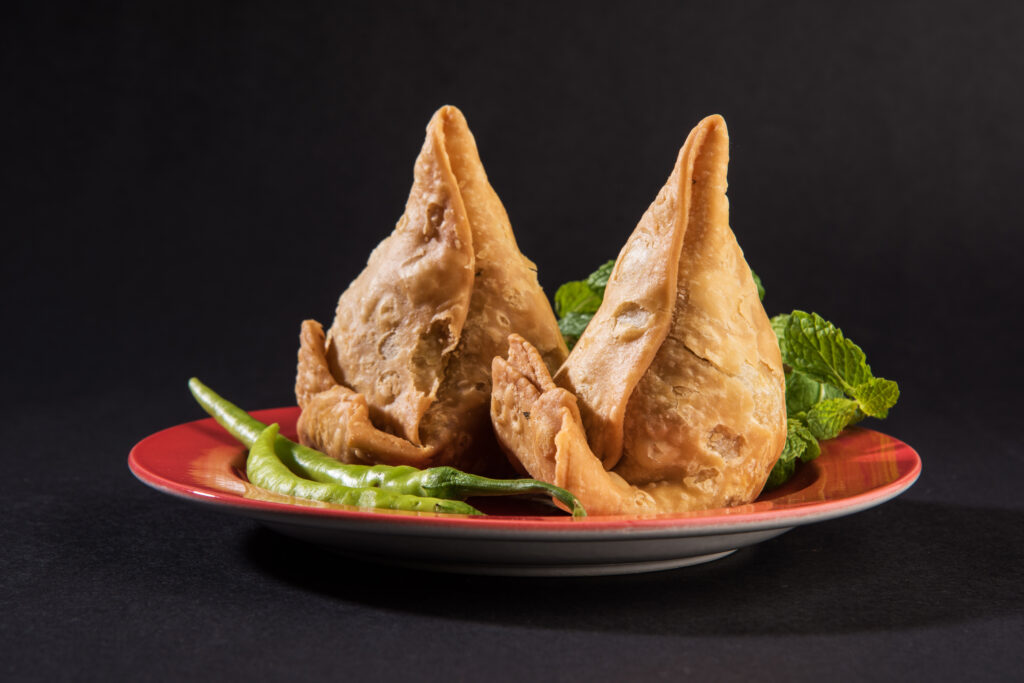
Conclusion
The samosa is much more than a snack; it is a symbol of India’s rich culinary heritage and its ability to adapt and evolve. From its origins in Persia to its place as a beloved Indian delicacy, the samosa’s journey is a testament to the power of food in bringing people together. Whether you are enjoying a samosa from a street vendor or at a festive gathering, you are partaking in a tradition that spans centuries and cultures. So, the next time you bite into a samosa, savor the history and significance behind this special Indian snack.

